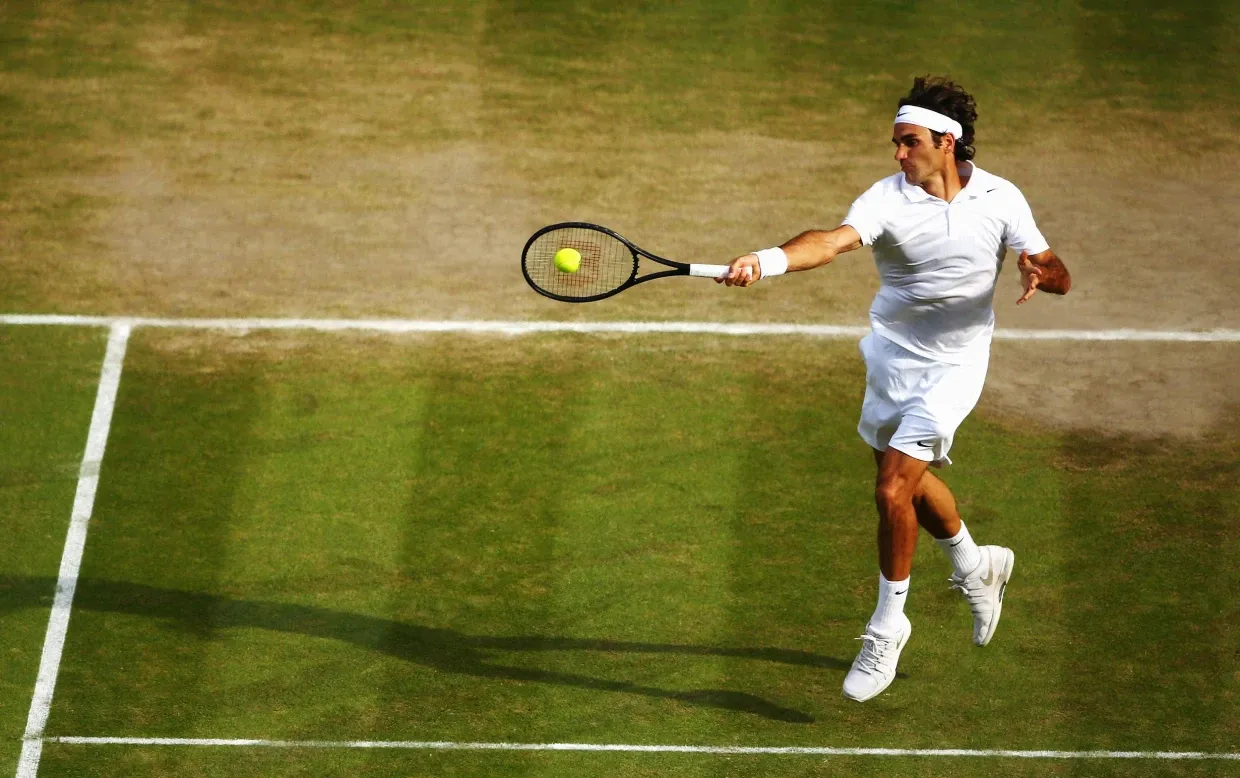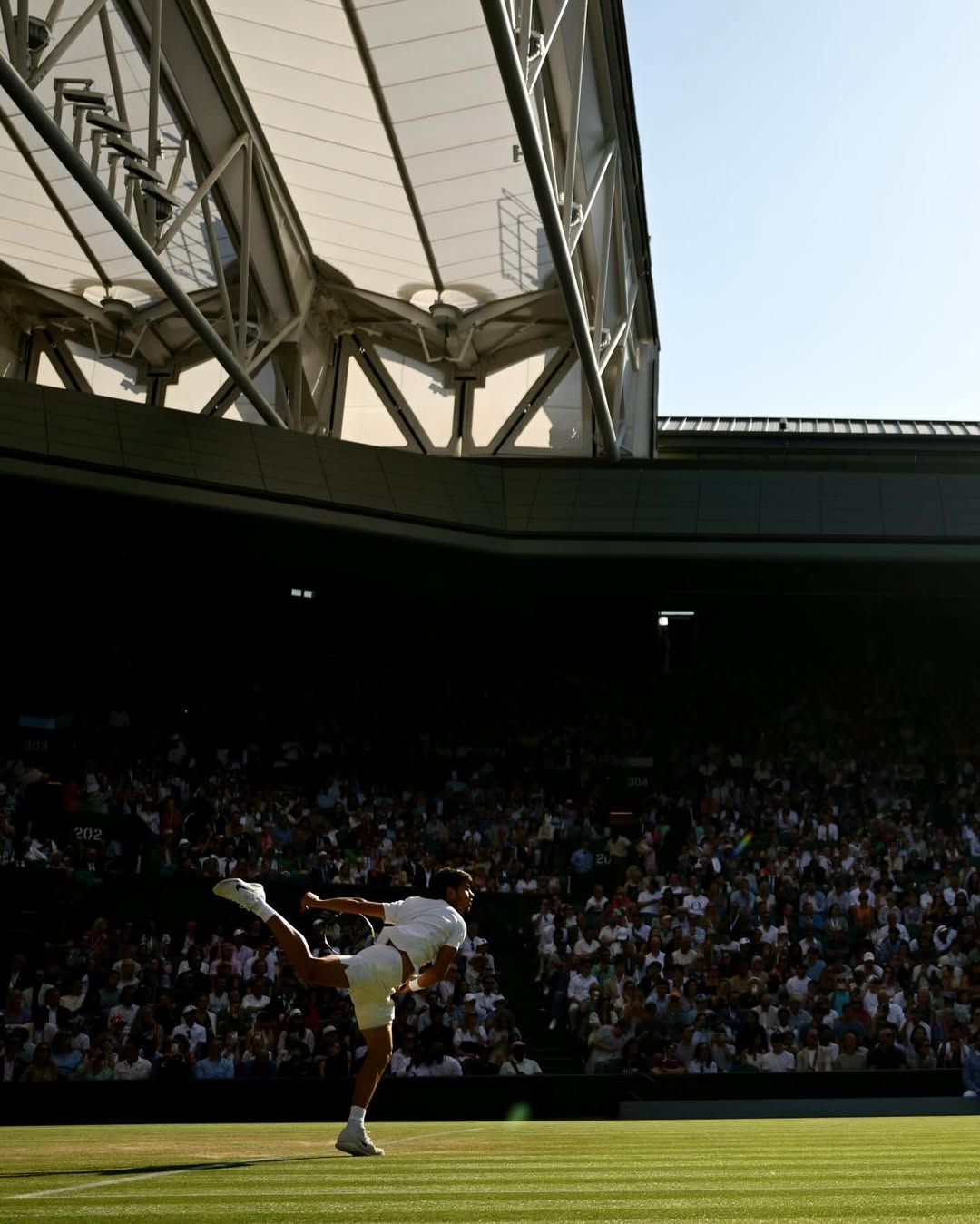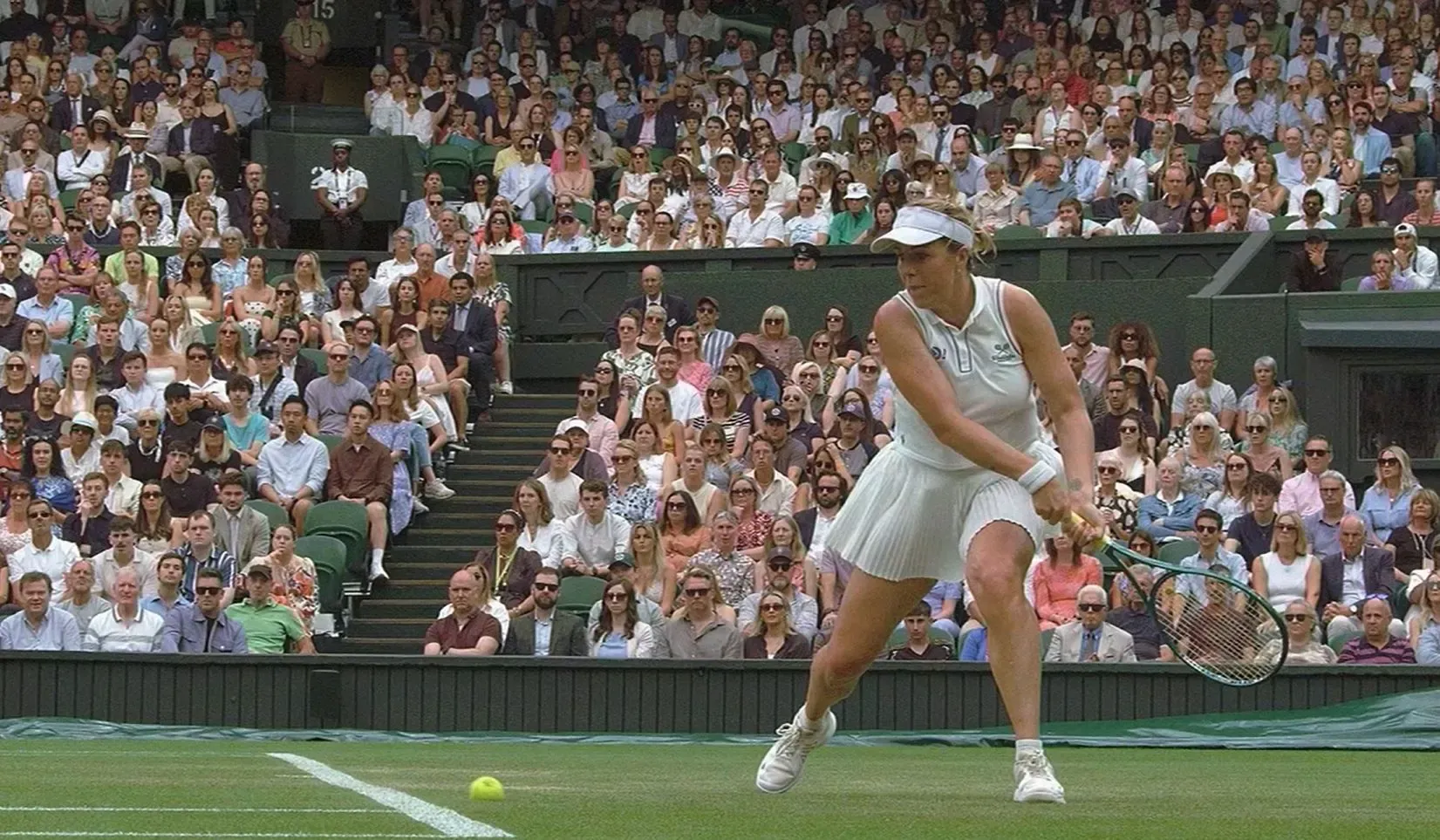Wimbledon, the oldest and most prestigious tennis tournament in the world, is steeped in tradition and history. From its unique grass courts to its quirky traditions, here are seven fascinating facts about Wimbledon that might surprise you.
1. The Iconic Towel Comes from Gujarat, India

The green and purple towel, a coveted keepsake for tennis players and fans alike, is crafted far from the All England Club. These iconic towels are manufactured by Welspun India in Vapi, Gujarat. Known for their quality and vibrant colors, these towels have become a symbol of Wimbledon’s brand, often seen draped over players’ shoulders during matches.
2. Rufus, the Feathered Guardian

Meet Rufus, a Harris hawk with a critical role at Wimbledon: keeping the courts free of pigeons. Since 2000, Rufus has patrolled the grounds, using his keen eyesight and swift flight to deter unwanted avian visitors. His presence ensures that matches proceed without interruptions from pesky pigeons, making him a beloved part of Wimbledon’s behind-the-scenes team.
3. The Last Grass-Court Grand Slam

Wimbledon stands alone as the only Grand Slam tournament still played on its original surface: grass. Since its inception in 1877, the tournament has remained loyal to this challenging and fast-playing surface, which demands unique skills from players. The grass courts contribute to Wimbledon’s distinct character, setting it apart from the hard courts of the Australian and U.S. Opens and the clay of Roland Garros.
4. Strawberries and Cream: A Timeless Tradition

No Wimbledon experience is complete without indulging in strawberries and cream, a tradition dating back to the tournament’s first edition in 1877. This simple yet iconic treat is a fan favorite, with an estimated 2.5 million strawberries and 13,000 liters of cream consumed during the two-week event. The dish embodies Wimbledon’s blend of elegance and simplicity, delighting spectators year after year.
5. Centre Court’s Wartime Scars

On October 11, 1940, Wimbledon’s Centre Court bore the brunt of a World War II bombing, which destroyed over 100 seats and caused significant damage. Despite the attack, the tournament resumed in 1946, and the scars of that day remain a poignant reminder of Wimbledon’s resilience. The rebuilt Centre Court continues to host legendary matches, carrying its wartime history with pride.
6. A Name Rooted in Place

Unlike its Grand Slam counterparts—the Australian Open, French Open, and U.S. Open—Wimbledon forgoes the “Open” moniker. Officially named “The Championships, Wimbledon,” it emphasizes its specific location in the London suburb of Wimbledon and its deep-rooted heritage. This naming choice reflects the tournament’s unique identity and its commitment to tradition.
7. A Sponsor-Free Sanctuary
In an era of flashy advertisements, Wimbledon maintains a pristine, uncluttered aesthetic by eschewing sponsor logos around its courts. The absence of branding enhances






